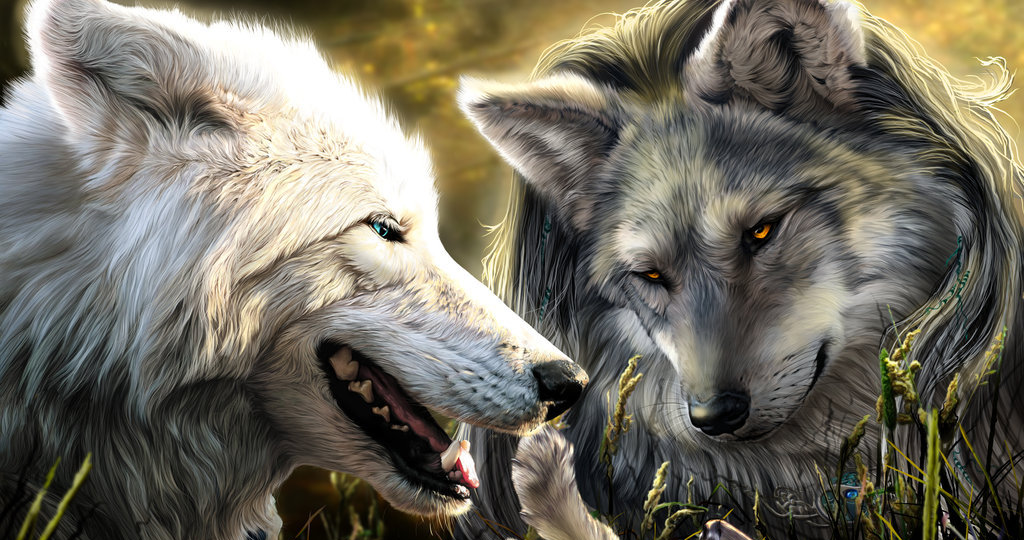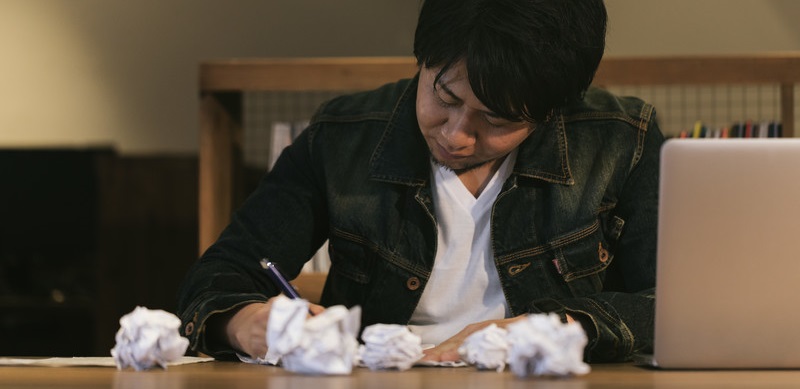The beginning of the story is the most fragile part. The reader isn’t invested yet, so it doesn’t take much for them to lose interest and go back to YouTube, Netflix, video games, or staring at the rotating plate of instant mac and cheese in their microwave.
It’s incredibly important to make sure that the beginning of your story is as healthy as possible. If it’s not, then it’s time to call the Story Surgeon so they can operate!



